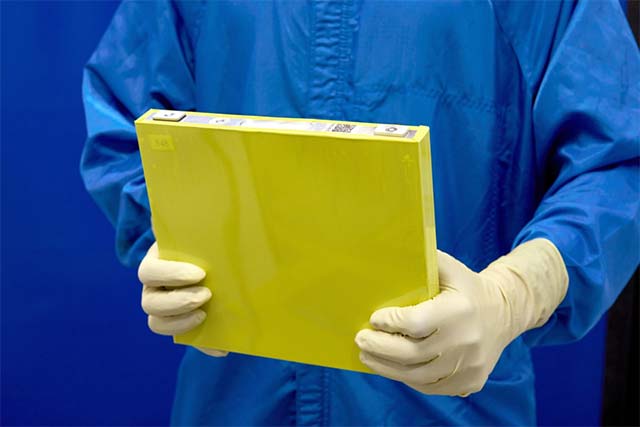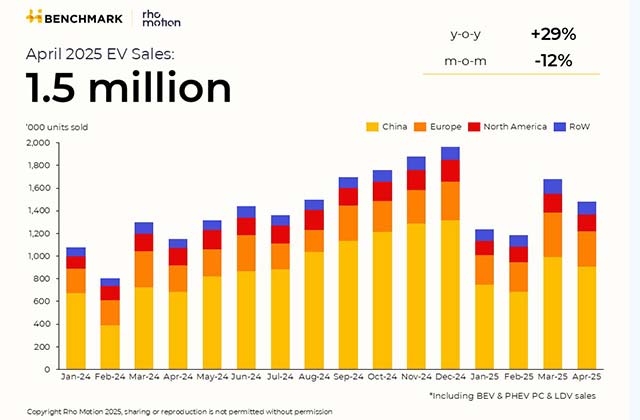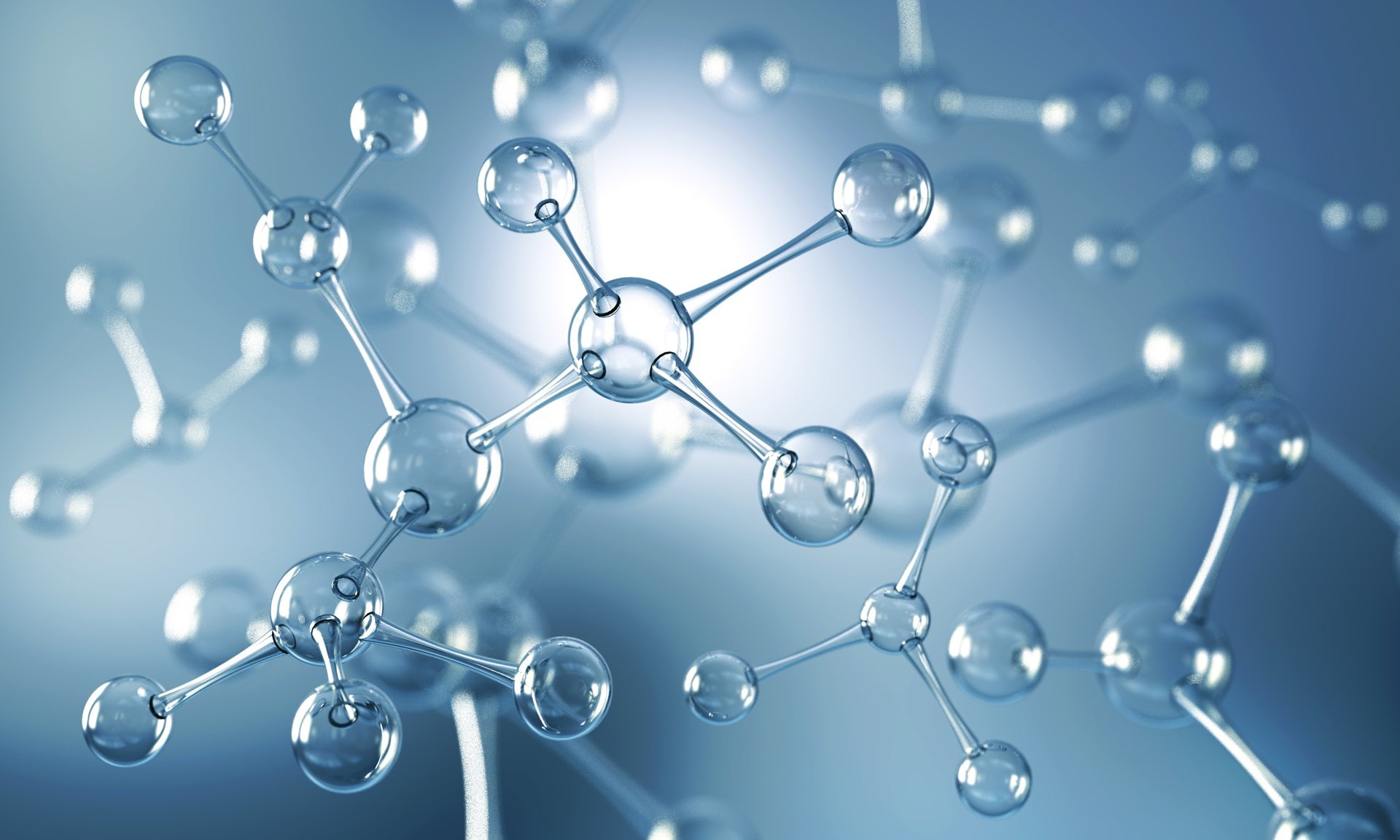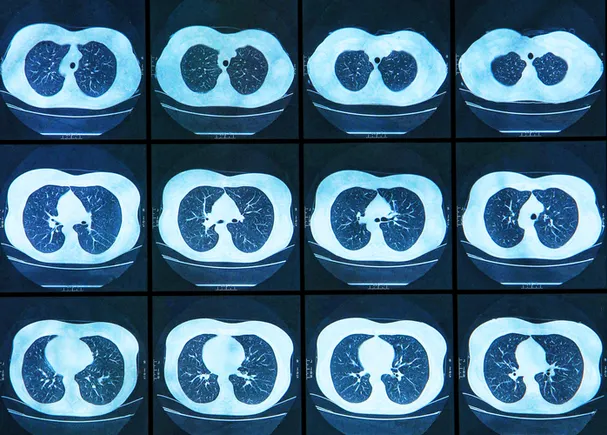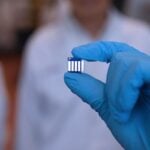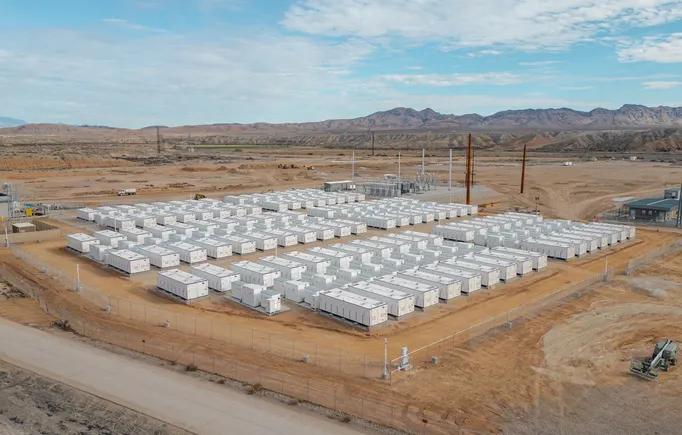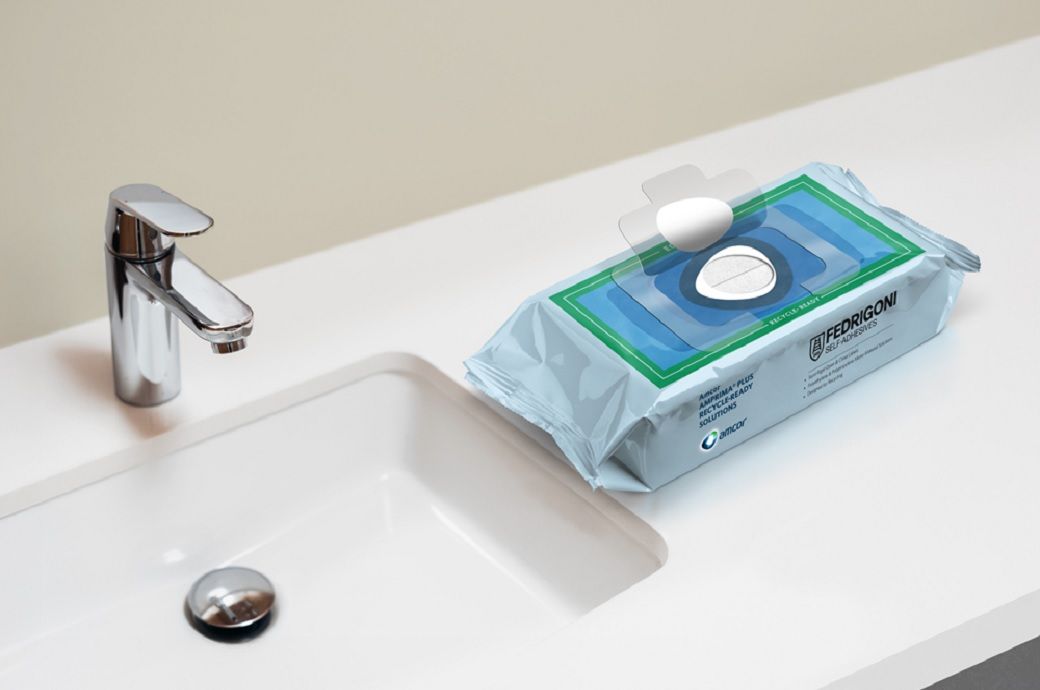Lattice Plainification and Intercalation Advances Power Generation and Thermoelectric Cooling in n‐type Bi2(Te, Se)3
Advanced Energy Materials, Volume 15, Issue 18, May 13, 2025.

This study employs the lattice plainification strategy to introduce extra Ag into commercial Bi2Te2.79Se0.21I0.004 thermoelectrics to regulate lattice defects and significantly enhance thermoelectric performance. Consequently, the competitive average ZT
ave of ≈1.1 and room-temperature ZT of ≈1.1 are attained in Bi2Te2.79Se0.21I0.004+Ag samples. Correspondingly, the Bi2Te2.79Se0.21I0.004+0.3%Ag and Bi2Te2.79Se0.21I0.004+0.4%Ag-based thermoelectric devices achieved better performance compared to commercial ones.
Abstract
Bismuth telluride (Bi2Te3) has been the only commercialized material in thermoelectric cooling and waste heat recovery. However, the inferior performance for n-type Bi2(Te, Se)3 largely restricts the practical applications. In this study, additional Ag atoms are introduced utilizing lattice plainification strategy to enhance electrical performance. Observations indicate that Ag atoms situate in the van der Waals layers, acting as n-type dopants to increase carrier concentration, bonding with adjacent Te as intercalating atoms to form electron transport channels, while also suppressing the formation of Te vacancies to boost carrier mobility, substantially favoring carrier transport. Consequently, Bi2Te2.79Se0.21I0.004+0.3%Ag achieves an excellent room-temperature ZT of ≈1.1, while Bi2Te2.79Se0.21I0.004 + 0.4%Ag demonstrates a higher average ZT of ≈1.1 at 300–523 K. Furthermore, a full-scale thermoelectric cooler using optimized Bi2Te2.79Se0.21I0.004+0.3%Ag combined with commercial p-type Bi0.5Sb1.5Te3 has achieved a maximum cooling temperature difference (ΔT max) of ≈68.3 K at 300 K and a larger ΔT max of ≈84.8 K at 343 K. Additionally, the Bi2Te2.79Se0.21I0.004 + 0.4%Ag/Bi0.5Sb1.5Te3-based power generator realizes a conversion efficiency of ≈6.0% under a ΔT of ≈240 K. These results outperform commercial Bi2Te3-based devices, illustrating the effectiveness of lattice plainification for Bi2Te3-based thermoelectrics.




























